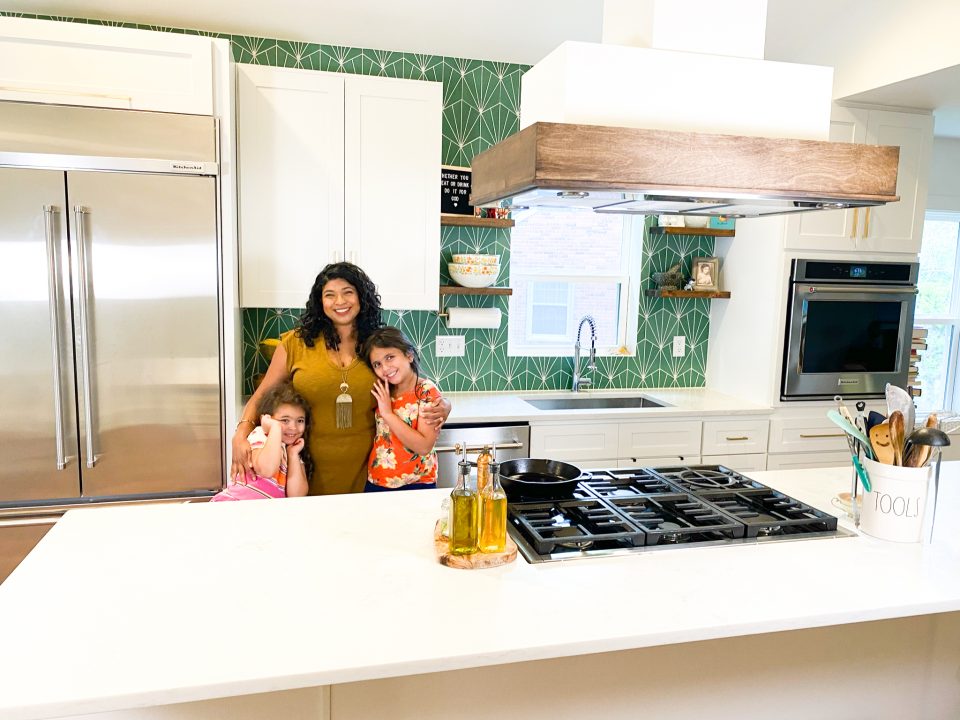People often ask me how I get my girls to eat vegetables. To set the record straight, they eat pretty well, but don’t think that every dinner goes off smoothly. We have the same tug of war that you do, don’t worry. But here are a few things we’ve done to help encourage a love of vegetables.
- It starts in the womb! If you’re pregnant right now, eat as many vegetables as you can muster. My vegetable intake was much higher with my first, Eliyah, than when I was pregnant with my second, and I can tell the difference! Continue to eat as many vegetables as possible when you breastfeed (if you’re choosing, or are able to do that) too — I think it acclimates their palates to them, however subtly.
- We are a family of adventurers — that’s what I always tell my girls when they turn their nose up at something. Then I tell them that they don’t have to finish their whole portion but they DO have to try ONE bite. They usually tell me they don’t like it but my hope is that after a few collective bites over multiple meals, they may begrudgingly like it.
- Cranberries and raisins — find something that your kids get excited about. For mine, it’s cranberries and nutritional yeast (it tastes like parmesan cheese, and in fact, when the girls were little we didn’t even have parmesan in the house so they still call it parmesan!). So if I’m cooking something like kale, I make sure to cook it with something I know they like (eg. sausage, cranberries and a little dusting of parmesan).
- Explain stuff to them. I always give them food with an explanation of what it is (protein, carbs, sugar, fat etc.) and what it does for their body. That way they feel the choice and consequence of what they’re eating, and see food as more than just something that tastes good. One day, they were talking about their stomach so we watched a couple of videos on youtube about their organs, and what each organ does. At meal time, we now talk about what’s going on in their bodies as they chew on each bite, and what each part of their meal is doing for their strength and resilience.
- Give them some perspective. This is where the Indian parenting part kinda kicks in, and it may not sit right with some of you but this is how I was brought up and I think it’s VITAL! First off, when they say they don’t want to eat something, I tell them, essentially… tough luck. We don’t always get to eat stuff we WANT to eat. We eat because we need to fuel our bodies and keep ourselves healthy and hearty. The fact that God gave us tastebuds is a sweetness, but it’s not to be abused. Secondly, we try to explain that there are lots of people in the world who either don’t get to choose what they eat, or don’t get to eat at all! Here in Los Angeles, there’s all too many instances of interacting with people who don’t have enough. We keep nutritional bars in the car to give away; the girls will ask why we’re giving them food and we explain that some people don’t have the things we do. This lesson has really stuck with them, and it shows up in their actions at the dinner table, and super sweetly, when we pray at night — they’ll often pray for people who don’t have homes or food or families. Perspective can help weather anything… even a bowl of spinach.



